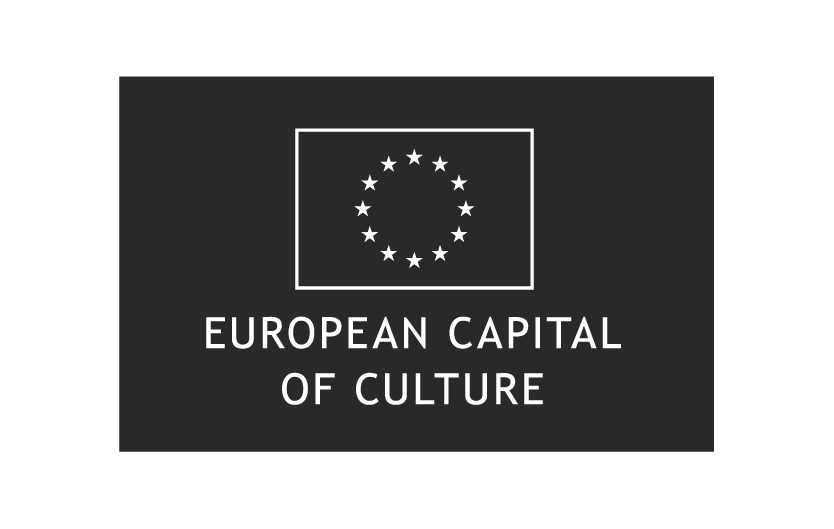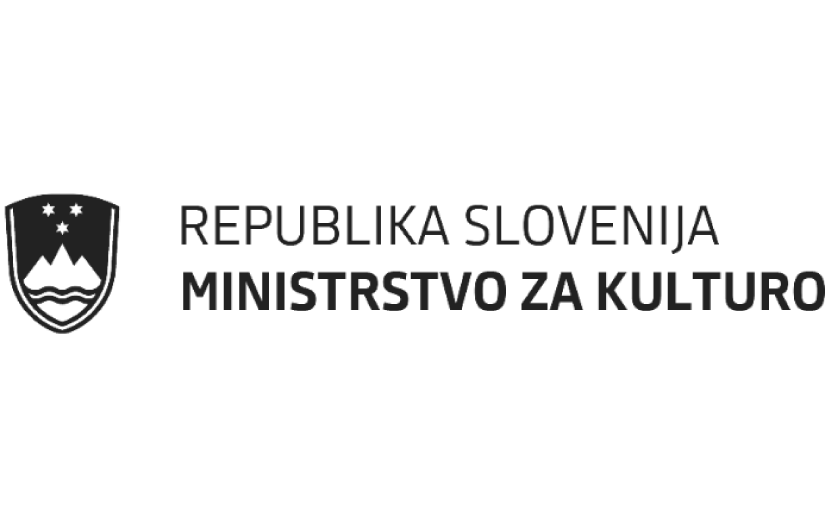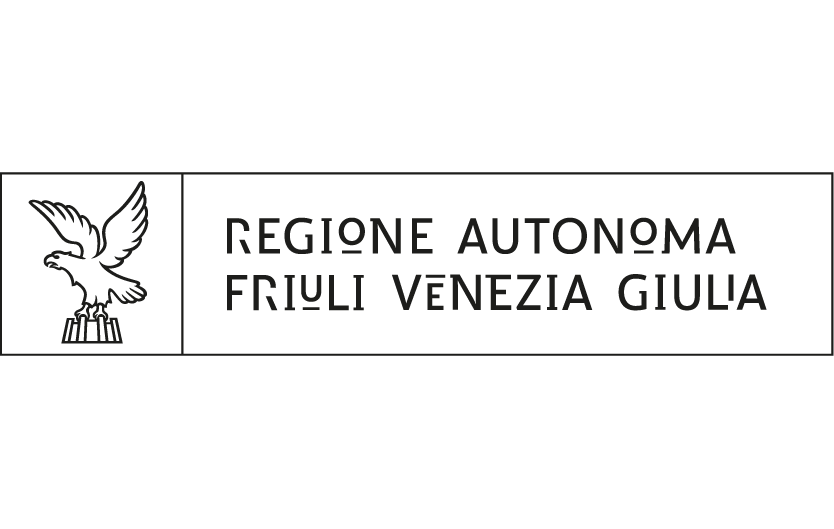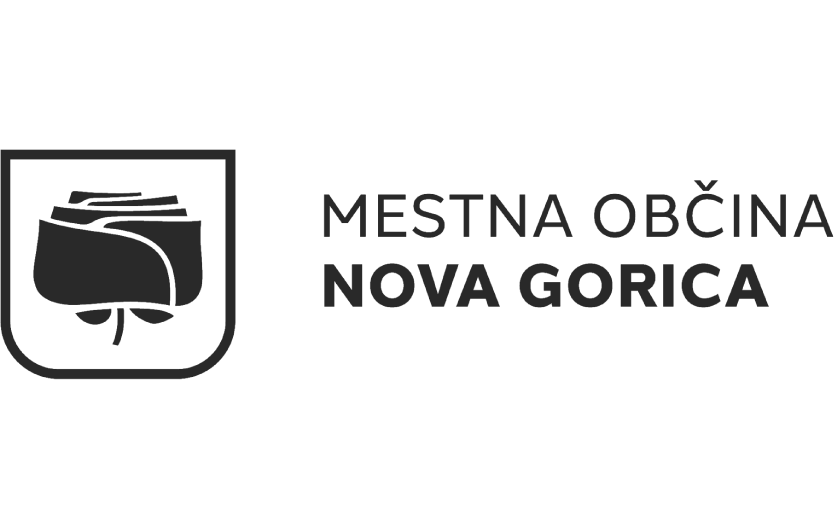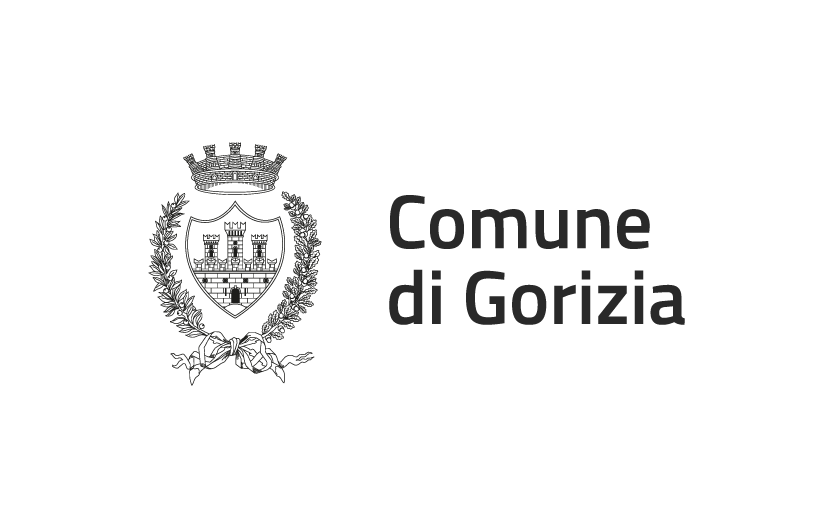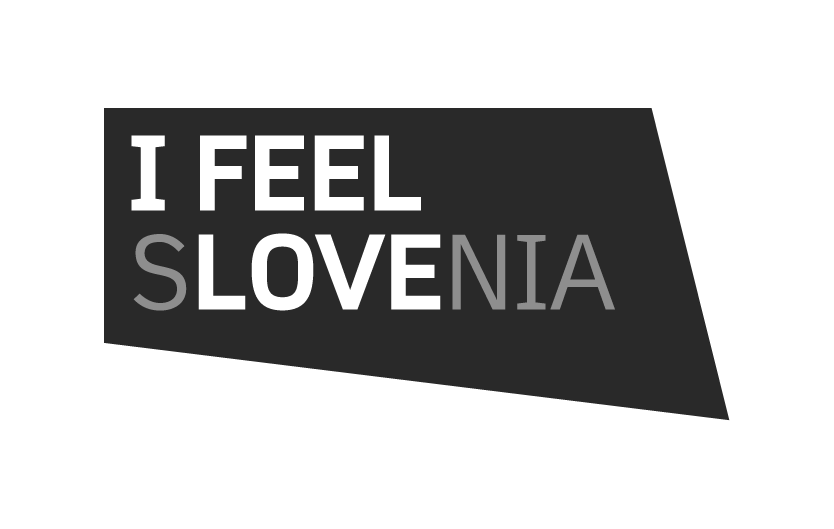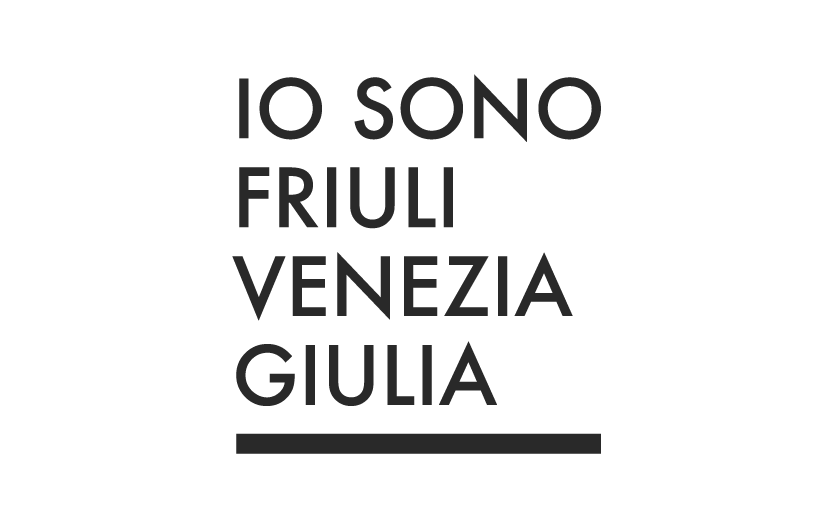Sabotin - Flora and Fauna
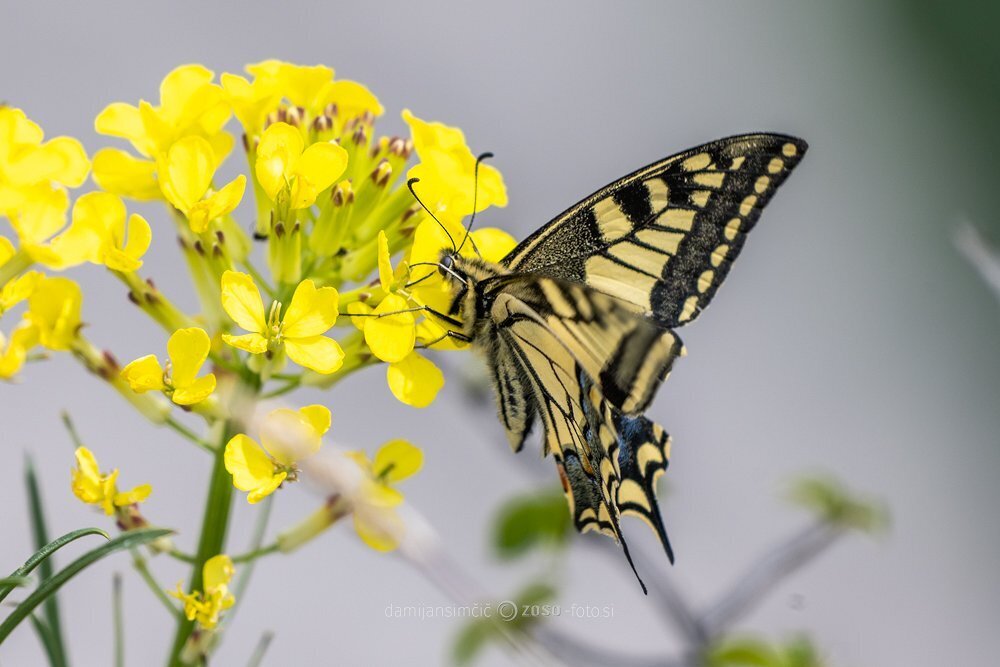
Sabotin\'s flora is a particular natural feature, as it is the meeting point of three of Europe\'s great floristic zones - the Dinaric, the Sub-Mediterranean and the Pre-Alpine. Some plant species therefore reach the extremes of their ranges on Sabotin.
Flora Sabotin is located on the edge of Sub-Mediterranean Slovenia, and the area's vegetation is largely determined by the local climate. The arid slopes above Soča are much cooler than the slopes above Solkan and on the border with Goriška Brda. In the Soča Valley north of Solkan, the influence of the Mediterranean is gradually weakening, while that of the Julian Alps is increasing. Sabotin is one of richest floristic areas in Slovenia. It lies at the junction of the Pre-Alpine, Sub-Mediterranean and Dinaric photogeographical zones. Its flora includes Central European and Southern Alpine species, as well as Dinaric, Sub-Mediterranean and even Mediterranean species. True Mediterranean species include, for example, the evergreen oak (Quercus ilex). The slopes of the Sabotin are also home to a number of alpine species, such as the mountain cowslip (Primula auricula). Fauna The Sabotin area is part of the Natura 2000 network. The southern edge of the Trnovski gozd Forest and Nanos is an area of international importance for the conservation of bird species. The slopes of Sabotin are a natural continuation of this area. The most outstanding landscape feature of this IBA (Important Bird Area) is the rock cliffs. The short-toed snake eagle (Circaetus gallicus) is an important breeder in the area. Its population in Slovenia is estimated to 10 to 15 pairs. The rock bunting (Emberizia cia). The densities of rock bunting found here are the highest in Slovenia and probably among the highest known in Europe. Thus, 26 singing males were recorded on a 2 km transect on Sabotin in spring 2002. Grasslands are also an important part of this internationally important area for birds. At the foothills and lower parts of the plateaus, you will find drier grasslands, which are now largely overgrown. The rocky edge of the plateaus acts as a guide along which birds of prey fly. A regular summer visitor from the nearest nesting sites on the island of Cres in Croatia is the Eurasian griffon vulture (Gyps fulvus). Sabotin is part of its migration corridor on its way to the Julian Alps!

